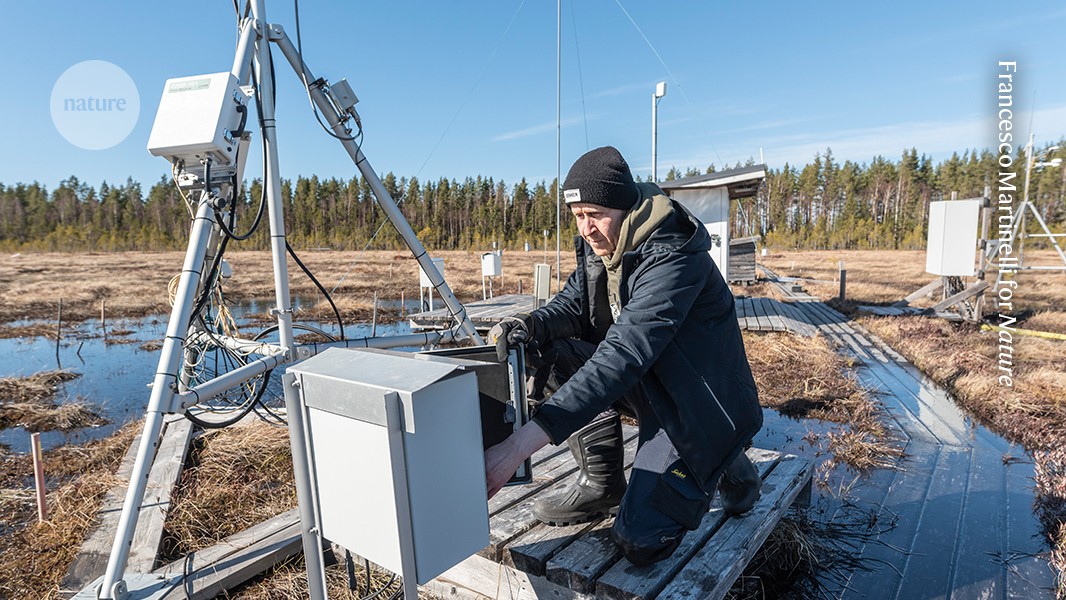
"The monitoring station is part of the Station for Measuring Ecosystem-Atmosphere Relations (SMEAR II) and is included in the Integrated Carbon Observation System, a European research infrastructure that provides long-term measurements of greenhouse gases to support climate science and policy."
"The University of Helsinki operates the station in collaboration with the University of Eastern Finland, based in Joensuu and Kuopio."
"At the Siikaneva fen, we operate more than 50 instruments and sensors, which continuously provide data on greenhouse-gas concentrations, air temperature, humidity, pressure, radiation and snow depth."
"Fens, a kind of peatland fed by groundwater, cover nearly half of the total global peatland area and are important to study because fen ecosystems have the highest methane emissions among natural peatlands."
Siikaneva fen is a remote peatland in Finland, home to a monitoring station part of the SMEAR II project and the Integrated Carbon Observation System. This infrastructure collects long-term data on greenhouse gases, which aids climate science and policy. The University of Helsinki collaborates with the University of Eastern Finland to operate this facility. The instrument box processes data on various environmental factors, such as soil temperature, water content, and greenhouse gas concentrations, through more than 50 sensors and instruments.
Read at Nature
Unable to calculate read time
Collection
[
|
...
]